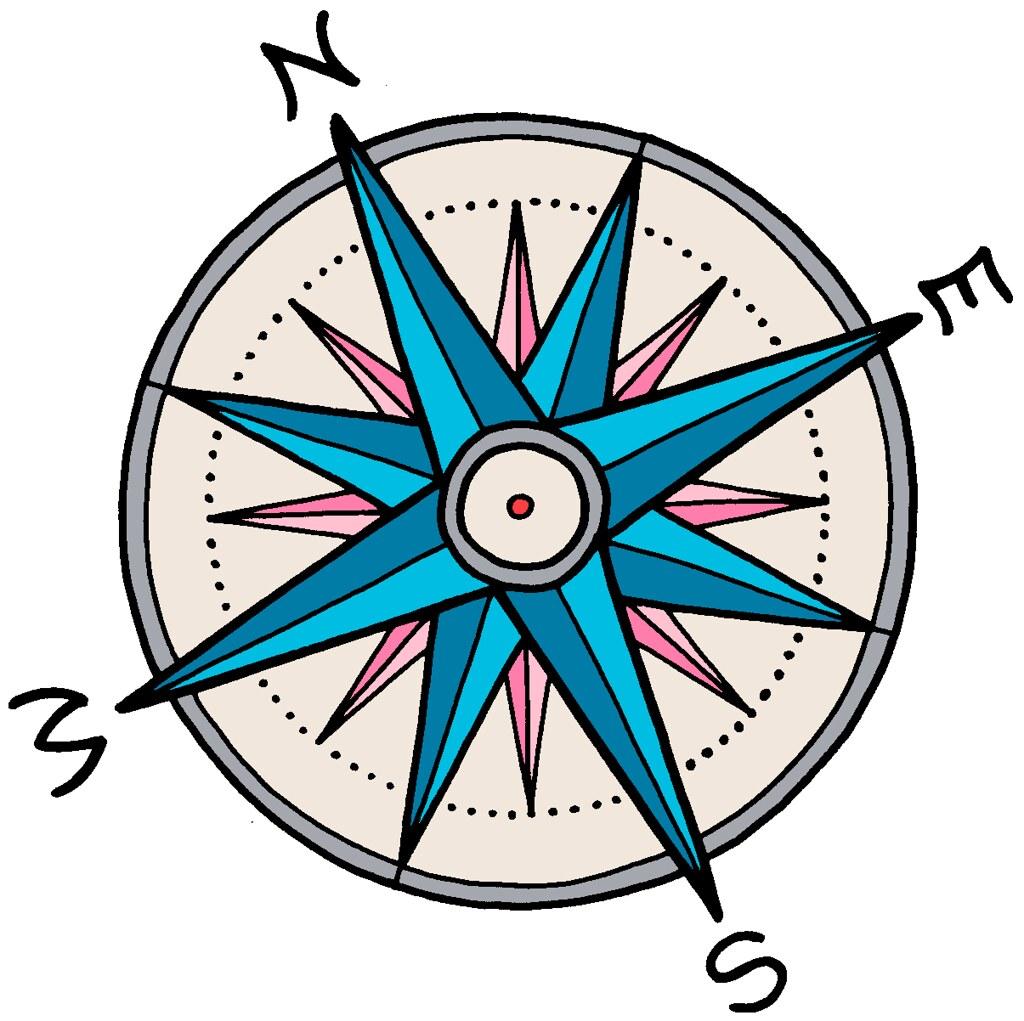
A compass is a simple yet indispensable tool used for navigation in various outdoor activities. Whether you are hiking through dense forests or exploring uncharted territories, having the knowledge and skills to use a compass can be a lifesaver. This article aims to provide you with a comprehensive guide on how to effectively utilize a compass to find your bearings and navigate your way with confidence. By understanding the basic principles of compass navigation and mastering key techniques, you will be equipped to conquer unfamiliar terrains and embark on your adventures with a heightened sense of direction.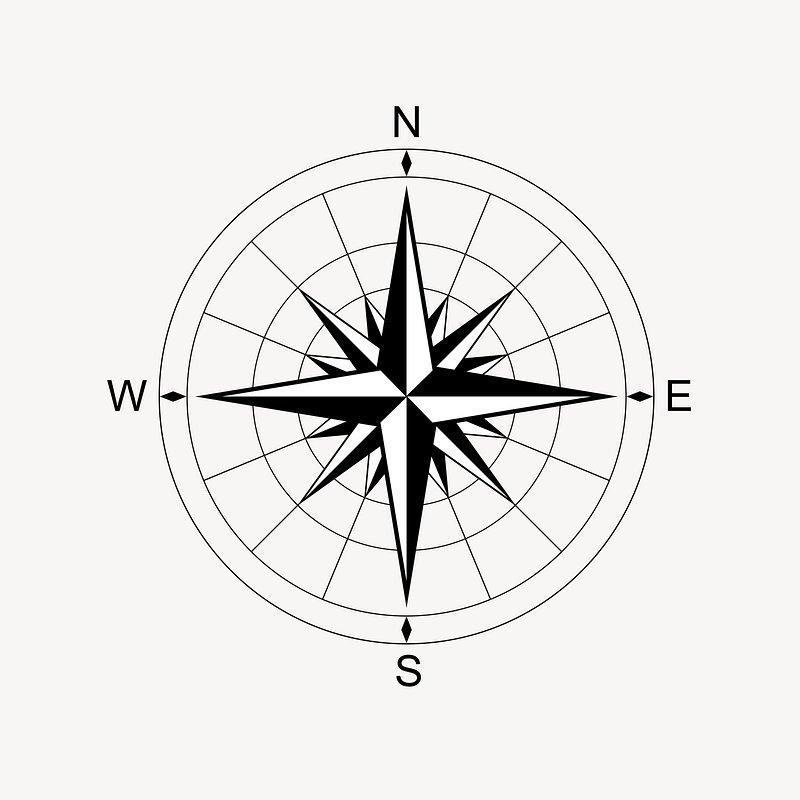
Choosing the Right Compass
is crucial for any outdoor adventure or navigation exercise. With so many options available in the market, it can be overwhelming to know which compass is the best fit for your needs. Here are some factors to consider when selecting the perfect compass:
Quality and Durability
When it comes to compasses, quality and durability are paramount. Look for a compass made from high-quality materials such as aluminum or steel. These materials can withstand harsh weather conditions and rough handling during your outdoor expeditions. Investing in a durable compass ensures that it will last for years to come.
Accuracy and Precision
A compass’s primary function is to provide accurate and precise directions. Look for compasses that have clear, easy-to-read markings and precision components. A well-calibrated compass ensures that you can rely on it to navigate accurately, making it an essential tool for any adventurous activity.
Features and Functionality
Consider the features and functionality that are important to you. Some compasses come with additional tools such as rulers or magnifying glasses, which can be useful for map reading or determining coordinates. Think about your specific needs and choose a compass with the features that will enhance your navigation experience.
Size and Weight
When you’re out exploring the great outdoors, every ounce counts. Opt for a compass that is lightweight and compact, making it easy to carry in your pocket or backpack. However, be careful not to sacrifice quality for size. Balance between portability and functionality is key when choosing a compass.
Budget
Lastly, consider your budget when selecting a compass. Compasses range in price, and it’s important to find one that fits within your budget while still meeting all your requirements. Remember, a reliable compass is an investment that will serve you well in your outdoor endeavors, so choose wisely.
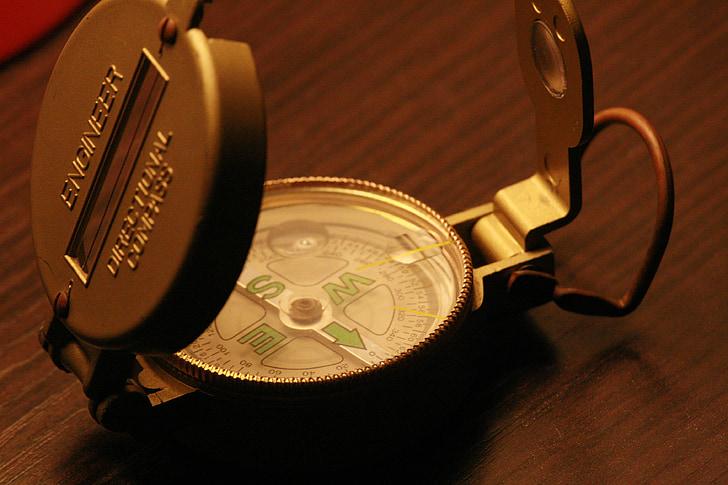
Understanding Compass Readings
A compass is a valuable tool for navigation and can help you find your way in various outdoor activities. By understanding how to use a compass, you can confidently tackle unfamiliar terrains and ensure you don’t lose your way. Here are some essential tips to help you understand compass readings:
1. Familiarize Yourself with the Compass’s Components
Before using a compass, it’s important to be familiar with its key components. These include the magnetized needle, which always points north, and the directional markings indicating cardinal directions (north, south, east, and west) and their intermediate points. Additionally, most compasses have a rotating bezel that allows you to align the needle with these directional markings.
Table: Compass Components
| 1. Magnetized Needle | Always points north |
| 2. Directional Markings | Indicate cardinal directions and their intermediates |
| 3. Rotating Bezel | Used to align the needle with directional markings |
2. Determine and Set Your Goal
Before using a compass, identify your intended destination or goal. This will help you determine the direction you need to travel. By having a clear objective in mind, you can accurately interpret compass readings to guide your course.
3. Orient the Compass Correctly
Orienting the compass correctly ensures accurate readings. Begin by opening the compass and holding it flat in your hand. Rotate your body until the needle aligns with the directional markings on the compass. The “N” on the compass should be pointing north. Remember to hold the compass away from any metallic objects as they can interfere with the magnetized needle.
4. Read the Azimuth or Bearing
When using a compass, you’ll encounter two main types of readings: azimuth and bearing. An azimuth reading gives you a precise angle in degrees, while a bearing reading tells you the direction you need to travel relative to magnetic north. Both readings are valuable depending on your navigation needs.
5. Account for Magnetic Declination
Magnetic declination is the angle between true north (geographic north) and the magnetic north. It is crucial to consider magnetic declination when using a compass to ensure accurate readings. The value of magnetic declination varies depending on your location and changes over time. To compensate, consult a reliable source for the declination value and adjust your compass readings accordingly.
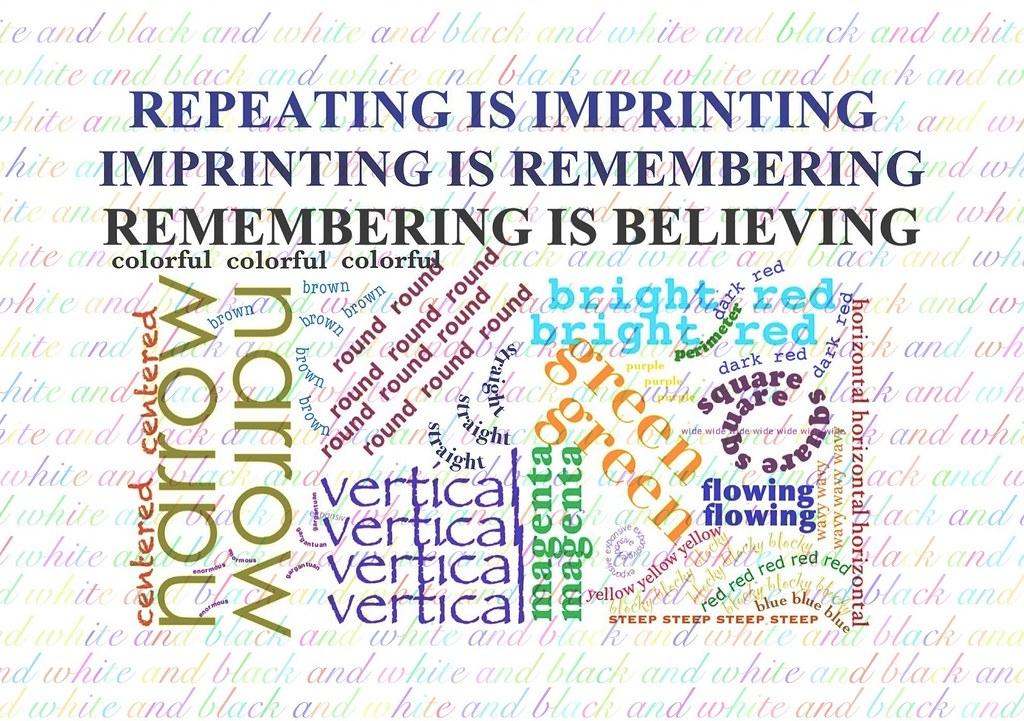
Orienting the Compass
Before embarking on a thrilling outdoor adventure, it’s essential to understand how to use a compass. Mastering this simple yet powerful navigation tool will allow you to confidently explore unfamiliar terrains and discover hidden gems off the beaten path. In this guide, we will orient the compass and equip you with the knowledge to navigate like a seasoned adventurer.
First Things First: Familiarize Yourself with the Compass
A compass consists of a circular dial with degrees marked around the edge, a magnetic needle, and a rotating bezel or arrow. Take a moment to examine these components and understand their functions:
- The Dial: The dial of the compass is divided into 360 degrees, representing the full circle of a compass. Familiarize yourself with the cardinal directions (North, South, East, and West) and the intermediate directions (Northeast, Northwest, Southeast, and Southwest).
- The Magnetic Needle: The magnetic needle is the most crucial part of the compass. It aligns with the Earth’s magnetic field and always points towards magnetic north. Ensuring the needle is freely floating and not obstructed is vital.
- The Bezel or Arrow: The bezel or arrow is a ring or arrow that rotates around the dial. This essential feature allows you to set bearings and measure angles accurately.
Orient the Compass: Finding True North
To navigate with a compass, you need to align the compass needle with true north, not magnetic north. Follow these steps to orient your compass:
- Hold the compass flat, ensuring it is level and away from any metal or magnetic objects that could interfere with the needle’s accuracy.
- Rotate your body until the magnetic arrow on the compass dial aligns with the red or north end of the magnetic needle.
- Keep the compass level and steady until the magnetic needle settles, providing a clear indication of north.
Beyond North: Navigating with Bearings
Now that you have oriented your compass to true north, it’s time to learn how to navigate using bearings:
- To set a bearing, align the bezel or arrow on the compass with your destination using visual landmarks or a map.
- Hold the compass flat and rotate your body until the magnetic needle aligns with the orienting arrow inside the dial.
- Be sure to maintain this alignment as you travel, adjusting your direction periodically to keep the orienting arrow and magnetic needle coinciding.

Taking Accurate Bearings
When it comes to using a compass, is essential for navigation and orienteering. A bearing is the angle measured in degrees between a reference point and the direction to the destination. Here are a few tips to help you take accurate bearings.
1. Set up your compass correctly
Before taking a bearing, make sure your compass is properly aligned. Lay it flat in your palm and hold it steady at waist level. Ensure that the direction-of-travel arrow is pointing directly at your target. This step is crucial in obtaining an accurate bearing.
2. Rotate the compass
Next, carefully rotate the compass bezel until the orienting arrow aligns with the magnetic needle. It’s essential to keep the bezel steady and ensure the needle settles within the declination scale if applicable. By rotating the compass, you’re setting it up to accurately measure the bearing.
3. Sight your target
Now, look through the sighting mirror or the sighting notch of your compass. Align your eye with the sighting line and center your target within the notch. Make sure to keep the compass level while sighting to avoid any errors. Take your time to ensure an accurate alignment with the destination.
4. Read the bearing
With your target sighted, locate the bearing indicator on the compass housing. The bearing indicator points to the degree scale surrounding the housing. Read the bearing where the indicator aligns with the scale and make a note of it. This is the accurate bearing you need to navigate toward your destination.
5. Adjust for declination
Finally, if you’re in an area with a magnetic declination, you’ll need to adjust your bearing for accuracy. Locate the declination diagram or scale on the compass and use it to adjust your bearing by the appropriate number of degrees. This step ensures that your bearing aligns with the true north, rather than magnetic north, enhancing the accuracy of your navigation.
These tips will help you take accurate bearings using a compass. With practice, you’ll become more proficient in navigating through the wilderness or when orienteering, and you’ll have the confidence to explore new paths.
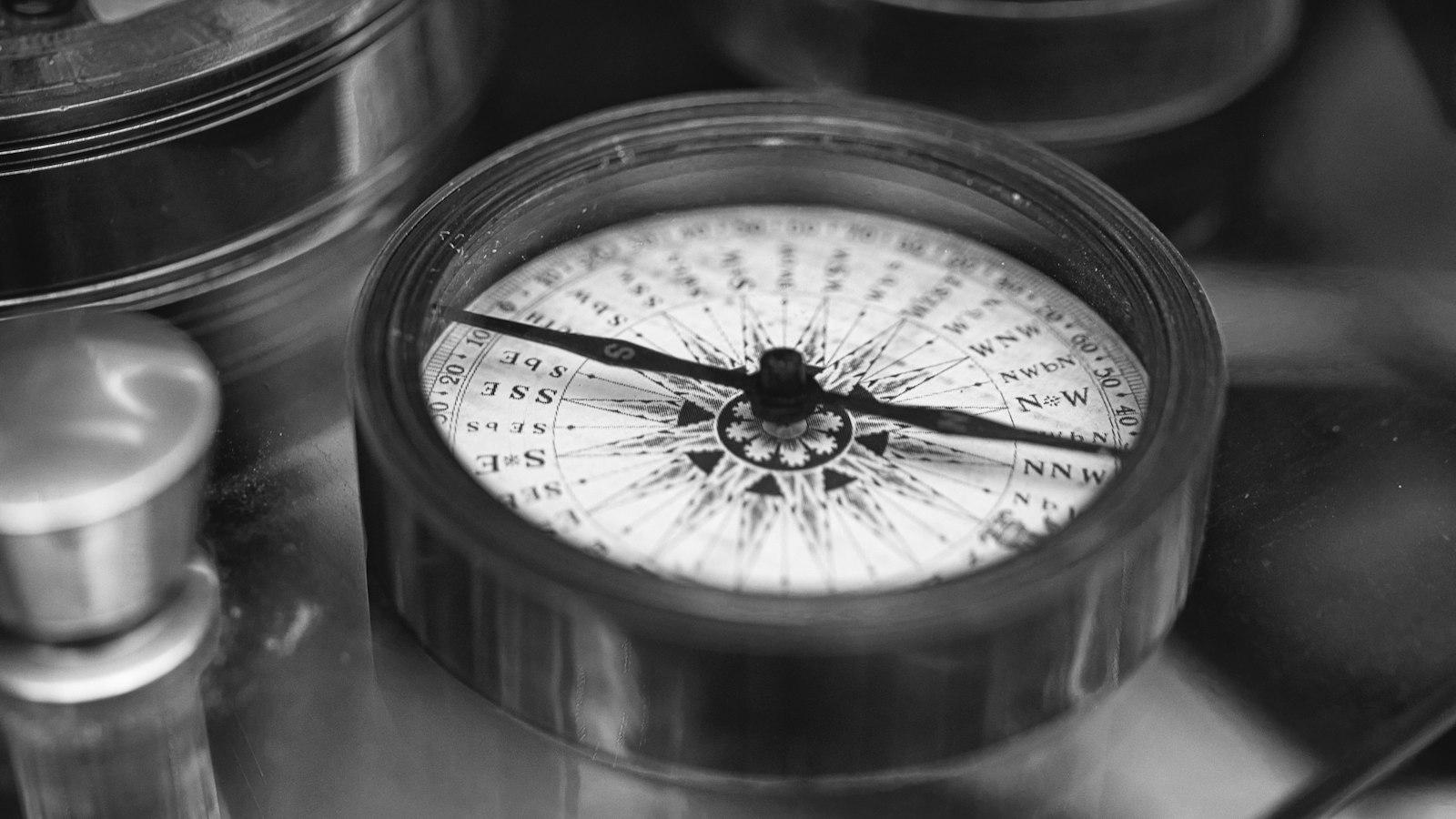
Using the Compass in Navigation
Using a compass in navigation is a fundamental skill for anyone exploring the great outdoors. Whether you’re hiking through dense forests, trekking across vast deserts, or sailing the open seas, understanding how to use a compass is crucial for finding your way. In this post, we’ll guide you through the basics of using a compass and provide you with some valuable tips.
First and foremost, it’s essential to understand the basic components of a compass. A typical compass consists of a magnetic needle that aligns with the Earth’s magnetic field, a rotating bezel marked with degrees, and a baseplate with a ruler and a transparent cover. Familiarize yourself with these elements before attempting to use a compass in navigation.
When using a compass to determine direction, hold it flat and level in your hand. To find the cardinal points (north, south, east, west), align the magnetic needle with the orienting arrow or the “N” marking on the compass. This will ensure that your compass is correctly oriented and ready for navigation.
Once you know which direction is north, you can easily determine other directions. For example, by turning your body until the “E” marking on the compass aligns with the magnetic needle, you will be facing east. Likewise, turning until the “W” marking aligns with the needle will indicate you are facing west. Remember to keep the compass level at all times for accurate readings.
A crucial technique when using a compass is triangulation. This method allows you to determine your exact location on a map by taking bearings from at least two known points. To use this technique, identify two prominent landmarks or other identifiable features in the distance. Take the bearing from each point using your compass, and where the two lines intersect on your map, that’s likely to be your current location.
Q&A
Q: What is a compass and why is it important to know how to use one?
A: A compass is a navigational tool that helps you determine direction using Earth’s magnetic fields. It is crucial to know how to use a compass as it aids in navigation, especially in situations where other guidance systems may be unavailable or unreliable, such as during outdoor adventures, hiking, camping, or when exploring unfamiliar territories.
Q: How does a compass work?
A: A compass consists of a needle, which is magnetized and balanced on a pivot point. The needle aligns itself with the Earth’s magnetic field, pointing towards the Earth’s magnetic North Pole. By understanding this principle and knowing how to interpret the compass readings, one can navigate accurately.
Q: How to properly hold a compass?
A: To hold a compass correctly, ensure a level position in your hand while keeping it at eye level. Avoid touching the magnetic needle or the compass housing to prevent interference with its functionality. Holding the compass steadily will give you accurate readings.
Q: How to read a compass?
A: When holding the compass correctly, identify the marked end of the needle that points North. This indicates the direction from where you are standing to the Earth’s magnetic North Pole. The compass housing might also have additional markings for degrees, which can be useful in determining precise directions.
Q: How can I find my bearings using a compass?
A: To find your bearings using a compass, first, rotate the compass housing so the orienting arrow aligns with the magnetized needle. Next, turn your entire body until the North end of the needle lines up with the North mark on the compass housing. The direction you are facing indicates your bearing.
Q: Can a compass be affected by outside influences?
A: Yes, a compass can be influenced by external factors such as metal objects, electronic devices, or strong magnetic fields. To ensure accuracy, keep the compass away from these influences and make sure that your compass is properly calibrated and in good working condition.
Q: Are there any additional tools or techniques to use in conjunction with a compass for navigation?
A: Yes, using a map alongside a compass is highly recommended. Maps provide a visual representation of the area around you, allowing you to plan your route and cross-reference with the compass readings. Additionally, learning basic navigation skills and orienteering techniques can enhance your navigational abilities when using a compass.
Q: How can I improve my compass navigation skills?
A: Practice is key to improving your compass navigation skills. Start in familiar areas and gradually progress to more challenging terrains. Take part in orienteering events or join groups that offer compass navigation training. Familiarize yourself with different compass features, bearings, and map-reading techniques to become more proficient in your navigational abilities.
Q: Are there any safety precautions to keep in mind while using a compass?
A: Absolutely! Always be aware of your surroundings and terrain, especially in unfamiliar environments. Continuously observe the compass while walking to stay on course. It is also essential to carry a backup compass, as well as a map, water, and any necessary gear appropriate for your outdoor activity. In conclusion, mastering the use of a compass is an invaluable skill for anyone venturing into the great outdoors. With the ability to determine direction accurately, you can navigate confidently through unfamiliar terrain, ensuring your safety and enhancing your overall outdoor experience.
By understanding the fundamental components of a compass and knowing how to read its markings, you have gained the necessary foundation to effectively use this essential tool. Remember to keep your compass away from any magnetic influences and ensure it stays level during use to achieve accurate readings.
Furthermore, don’t overlook the importance of orienting your map properly before using your compass, as this simple step will greatly enhance your navigation abilities. Utilizing various techniques, such as triangulation or following a bearing, will enable you to navigate from one point to another with ease and precision.
Finally, practice truly makes perfect when it comes to using a compass. Regularly test your skills in different environments and weather conditions to grow your confidence and adaptability. Familiarize yourself with the unique features and functions of your specific compass model, and always carry a spare as a backup.
Whether you are an avid hiker, an intrepid backpacker, or simply enjoy exploring the wilderness in your free time, being proficient in compass navigation is a valuable asset. So, get out there, armed with your trusty compass, and embark on unforgettable journeys, confident in your ability to navigate through any terrain or situation that crosses your path.






